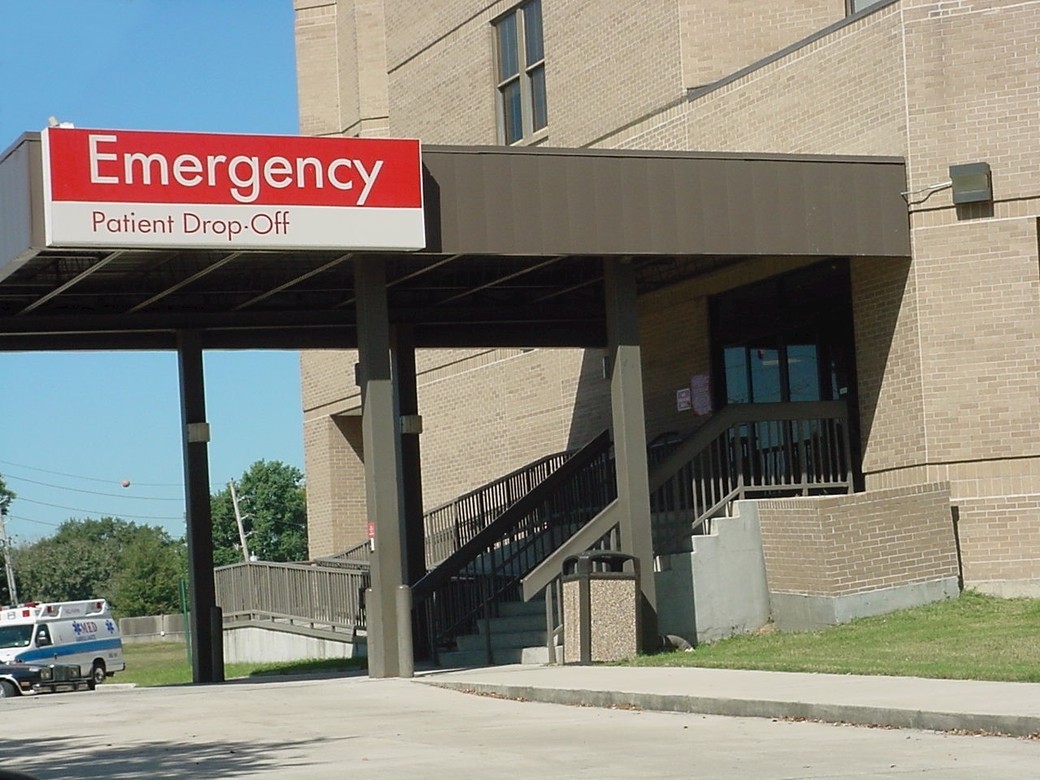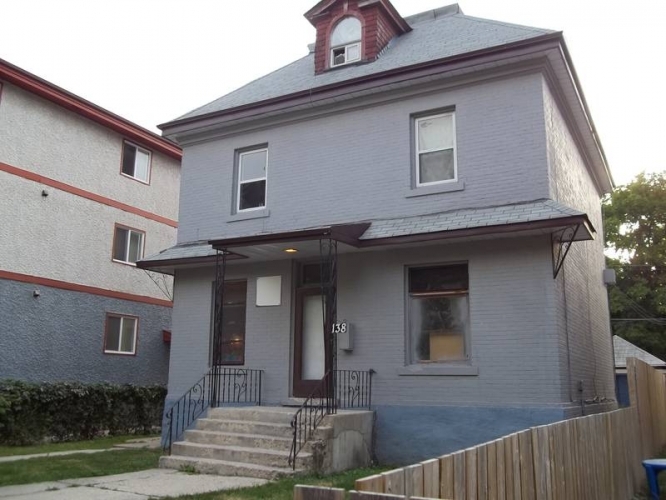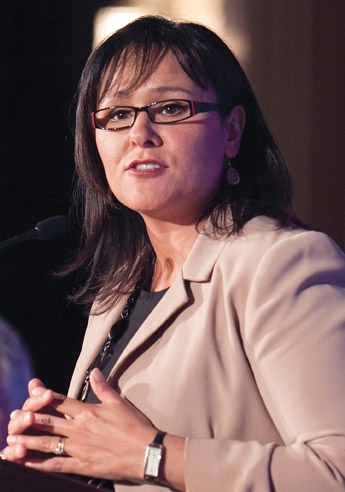
The Importance of Follow-Up Care After An Emergency Room Visit
Why Too Many Canadians Are Falling Through The Cracks
Television shows have popularized the theatrical entrance into the hospital emergency room: patients racing down hallways on gurneys with worried doctors and nurses running alongside–great drama. How most patients leave the emergency room isn’t quite as dramatic, but the facts tell a good news story. About 85 per cent of the more than 14 million visits Canadians make to emergency rooms annually result in patients being discharged home.
The bad news is that too many of these patients receive inadequate follow-up care after their emergency room visit–and that can be deadly.
Ontario studies have shown that inadequate follow-up care after emergency room (ER) visits is common, with up to 30 per cent of patients with chronic illnesses not seeing a doctor within 30 days after they have been sent home from the ER. Why? In part, it’s because fewer than one in three primary care physicians in Canada report being notified when their patients visit an emergency department. If physicians don’t know their patients were in the ER, how can they ensure appropriate follow-up care?
There is growing evidence that when a patient with a chronic disease, such as diabetes, heart failure or emphysema sees their family doctor or specialist within 30 days of their ER discharge, the risk of death or hospitalization is significantly reduced. Such patients are often safe to discharge after an ER assessment, but prompt follow-up is virtually always recommended because they often need more tests and ongoing management of the chronic illness to avoid getting sicker, even with good care in the ER.
Patients seen by their own doctors after an ER discharge are more likely to be taking the necessary medications and to have undergone needed diagnostic testing than those who miss follow-up care, suggesting that such patients have risk factors that can be improved through prompt follow-up.
As a practising emergency physician, I know it’s hard to always focus on the discharge of my ER patients. A pharmacist once called me a few hours after I sent home an elderly woman with pneumonia for whom I had prescribed an antibiotic. The pharmacist wanted me to change the prescription since the antibiotic I prescribed should not be taken at the same time as another drug the patient was on. I was aware that the drugs should not be taken together, but on that busy day, and with a hurried discharge of the patient out of the ER, I had failed to identify the potential problem which could have had serious consequences if not for the sharp-eyed pharmacist.
In a recent analysis in Healthcare Quarterly, I highlight that we can improve clinical training and practice to reinforce the importance of patient follow-up after ER discharge, but just as critical are steps to make it easier for patients (or ER doctors) to arrange their own follow-up care.
Important innovations are happening. Most of us can book restaurant reservations, hotel and hair salon appointments online these days–would it not be great if you (or the ER doctor) could book your essential physician follow-up care before leaving the ER too? We may be approaching that in Alberta, which just launched an eReferral electronic system for enabling and tracking referrals, but it is not yet available in ERs across the country.
Health professionals recognize the problem, and efforts have been made to improve communication when discharging patients–for example using discharge checklists and written follow-up instructions –but also, crucially, taking the time necessary to ensure the patient or family has understood what they’re being told. Yet, ER discharge planning remains spotty at best.
For now, the best approach may be for the emergency physician to spend more time with patients at discharge to ensure that they understand that their aftercare could be as important as the care they receive in the ER.
Physicians asked to see patients after an ER visit need to be accountable for seeing higher-priority patients within a reasonable time frame, and need to understand the crucial role they play in ensuring patients get appropriate treatment and investigations.
Hospitals need to be engaged too, by making it easier for the results of tests and clinical notes from an ER visit to be routinely available to primary care physicians and specialists after leaving the ER. In the absence of such information, prioritizing patients for follow-up by the primary care physician or specialist is, at best, a guessing game.
Hospitals, health regions and the government could track follow-up rates after ER discharge with data that is readily available at minimal cost. But given the absence of monitoring and reporting of follow-up rates or any incentives for ensuring follow-up, it is hard to identify any forces that would motivate providers to address the issue.
Meanwhile, poorly integrated care, where patients fall through the cracks as they transition from the ER back to the community and, sometimes, back to the ER again, will remain a notable shortcoming of our healthcare system. And a costly one for all of us.
Michael J. Schull is an advisor with EvidenceNetwork.ca, and president and chief executive officer of the Institute for Clinical Evaluative Sciences, and professor in the Department of Medicine at the University of Toronto. He also practices as an emergency medicine specialist at Sunnybrook Health Sciences Centre in Toronto.













